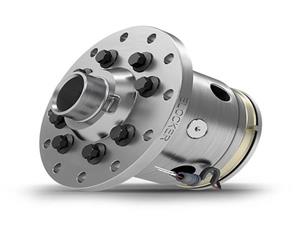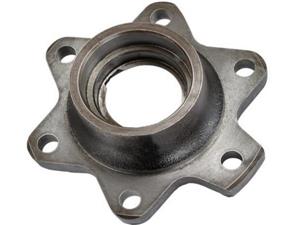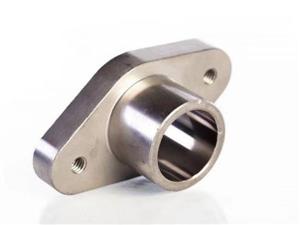Details determine success or failure in the cooling process of steel castings
Many production processes are used in the production process of steel castings, among which the cooling process is an indispensable link in all casting processes. In this link, the relevant metal solid-state phase transition will occur, changing the internal structure of the metal, or obtaining the structure we need.
When the solid-state phase transition occurs in the thin-walled part of the casting, the thick-walled part is still in a plastic state. If the specific volume of the new phase is greater than that of the old phase during the phase transition, the thin-walled part swells during the phase transition, while the thick-walled part suffers From plastic stretching, as a result, only a small tensile stress occurs inside the casting, and it gradually disappears as time goes by. At this time, if the casting continues to cool, the thick-walled part undergoes phase transformation and increases in volume. Since it is already in an elastic state, the thin-walled part will be elastically stretched by the inner layer to form tensile stress. The thick-walled part is elastically compressed by the outer layer to form compressive stress. Under this condition, the residual phase transition stress and residual thermal stress have opposite signs and can cancel each other out.
When the thin-walled part of the casting undergoes a solid-state phase transition, the thick-walled part is already in an elastic state. If the volume of the new phase is greater than that of the old phase, the thick-walled part is elastically stretched to form a tensile stress, while the thin-walled part is elastically compressed to form a temporary compression. stress. At this time, the sign of phase transformation stress is the same as that of thermal stress, that is, stress superposition. When the casting continues to cool until the phase transition occurs in the thick-walled part, the specific volume increases and the expansion occurs, so that the phase transition stress formed in the previous section disappears.
From the above, it can be seen that when the alloy with solid-state phase transition has a large difference in volume between the old and new phases, and the sign of the tangential phase transition stress and the thermal stress coincide with each other, the superposition of the two stresses will cause cracking and deformation. Therefore, we must strictly follow the process regulations during the cooling process, and a little carelessness may cause defective products.





